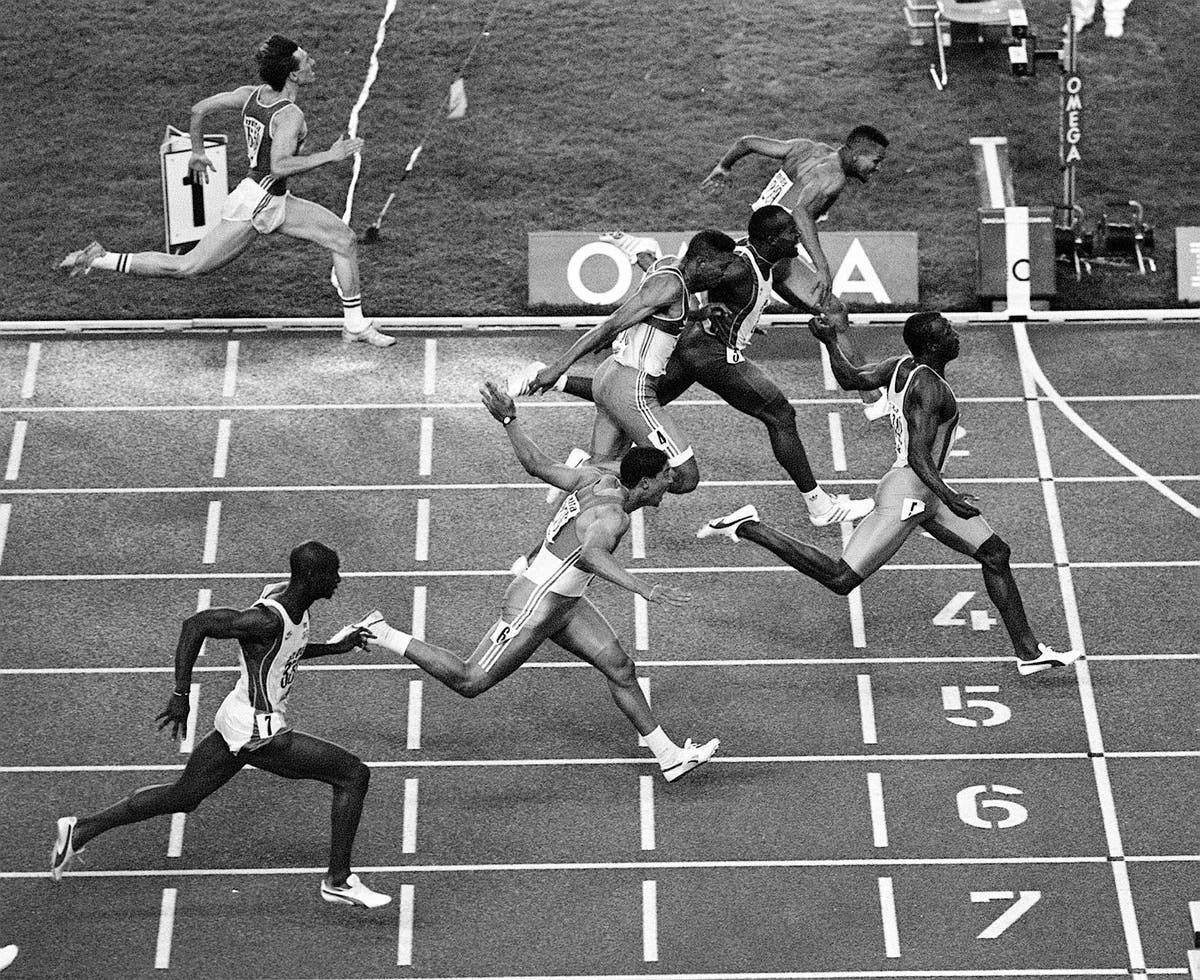Truly support
independent journalism
Our mission is to provide unbiased, fact-based reporting that holds the powerful to account and exposes the truth.
Whether it's $5 or $50, every contribution counts.
Support us in offering journalism without agenda.
IThis weekend, the Olympic Games are in full swing. For 17 days, Paris hosts the world's best athletes, providing a perfect opportunity to immerse yourself in the world of sport. The Independentand let yourself be carried away by Olympic nostalgia.
In past matches, our former Chief Sports Photographer David Ashdown captured iconic images that tell powerful stories, from record-breaking sprints to dizzying dives.
In the photographs chronicling the Games from the 1980s through the 1990s, readers can see the shift from film to digital technology. Later images are more vibrant and saturated in color—particularly Ashdown’s photographs from the Atlanta Games. But what also stands out, from the 1988 Seoul Olympics through to the 2000 Sydney Games, is the immediacy and movement captured in these shots.
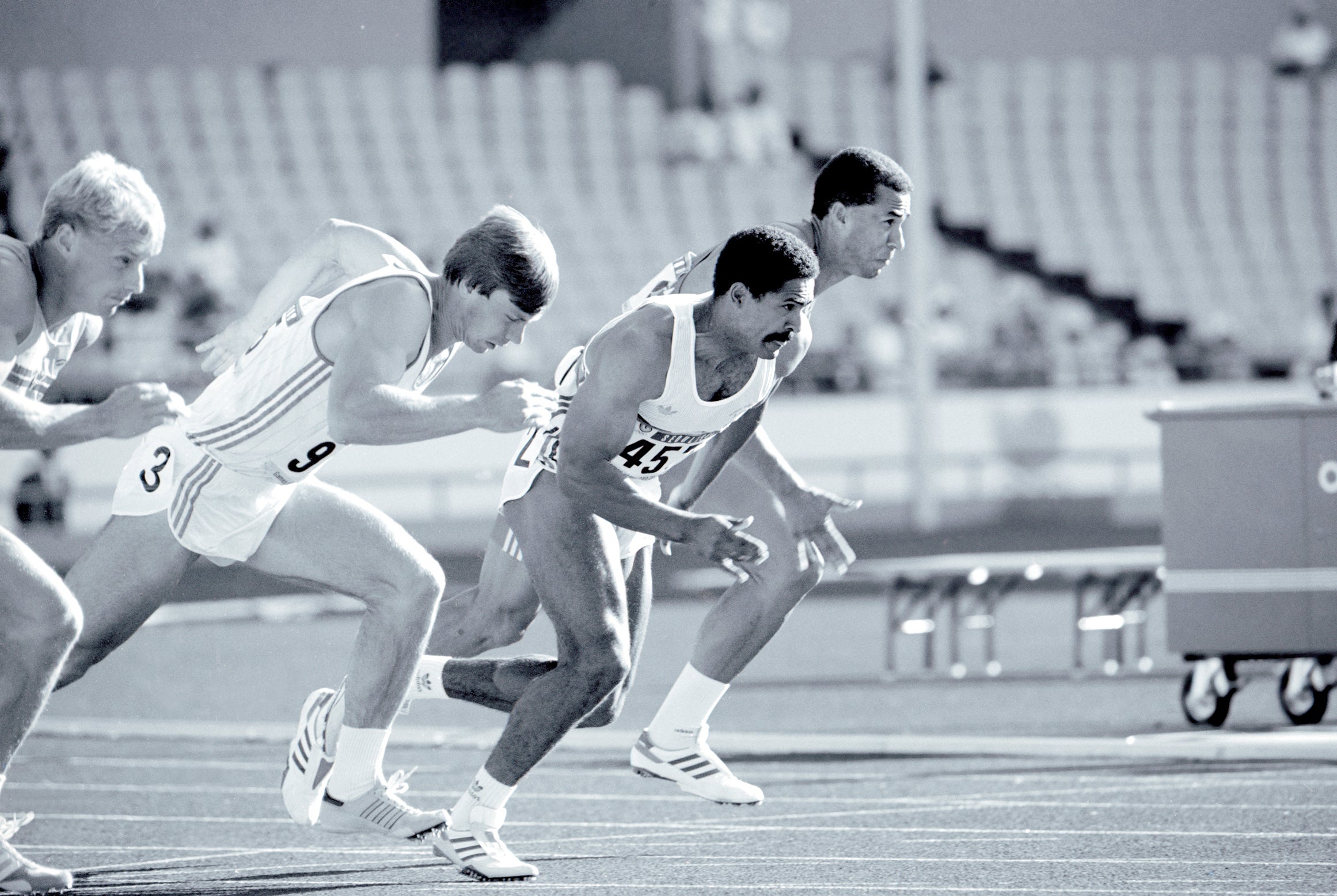
Seoul 1988
The first Olympic Games to be held during The IndependentThe 1988 Summer Olympics were the second to be held in Asia. They were an eventful competition, marked by the Ben Johnson doping scandal, which saw the Canadian sprinter lose his 100m gold, Florence Griffith Joyner's world records in the 100m and 200m, which still stand, and the gold medal of diver Greg Louganis, who suffered a crash on the board and ended up with stitches in his head.
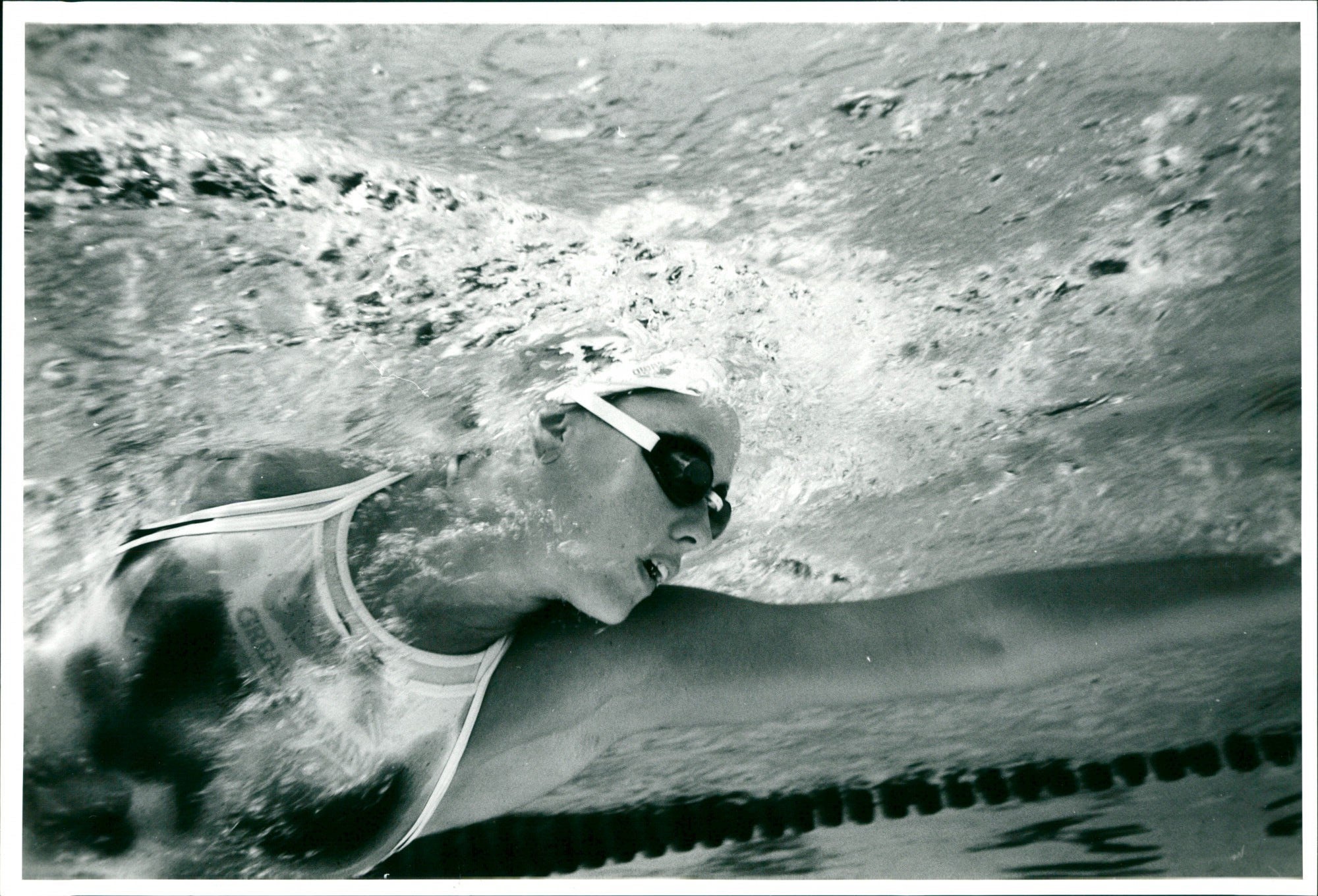
Among the Britons competing that year was June Croft, photographed by David Ashdown during training. Croft was a distinguished swimmer for more than a decade and won two Olympic medals during her career. In another photo, Ashdown captured a weightlifter emitting a roar during his lift and Daley Thompson running ahead of the competition in the men's decathlon.
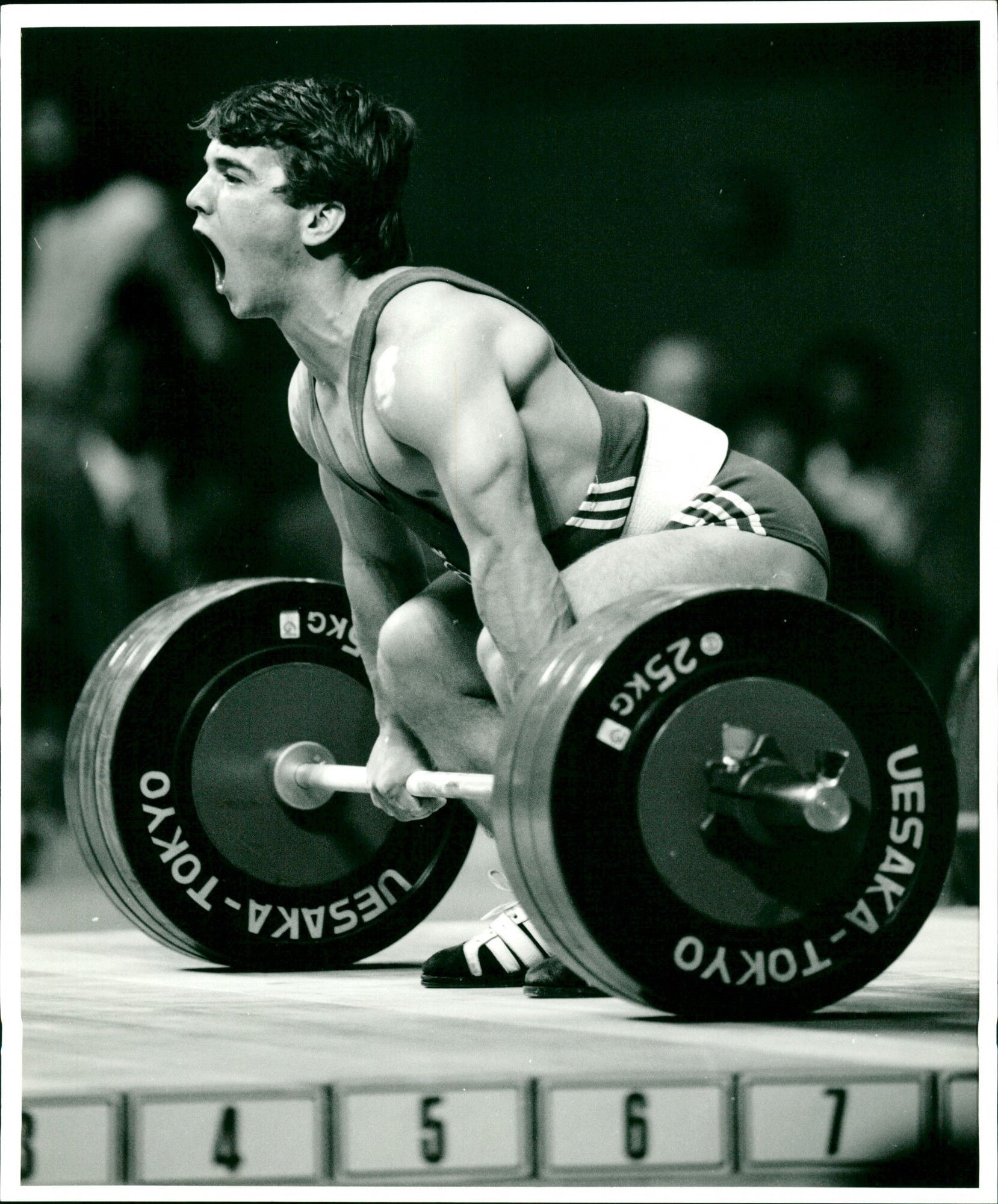
Barcelona 1992
Four years later, the Olympics travelled to Barcelona. It was a summer of firsts: the first Games since the fall of the Berlin Wall and the end of the Cold War, with organisers welcoming a newly unified German team and the newly independent Baltic states. Germany performed particularly well at the 1992 Games, finishing third in the overall medal table and claiming its first gold medal in women's hockey.
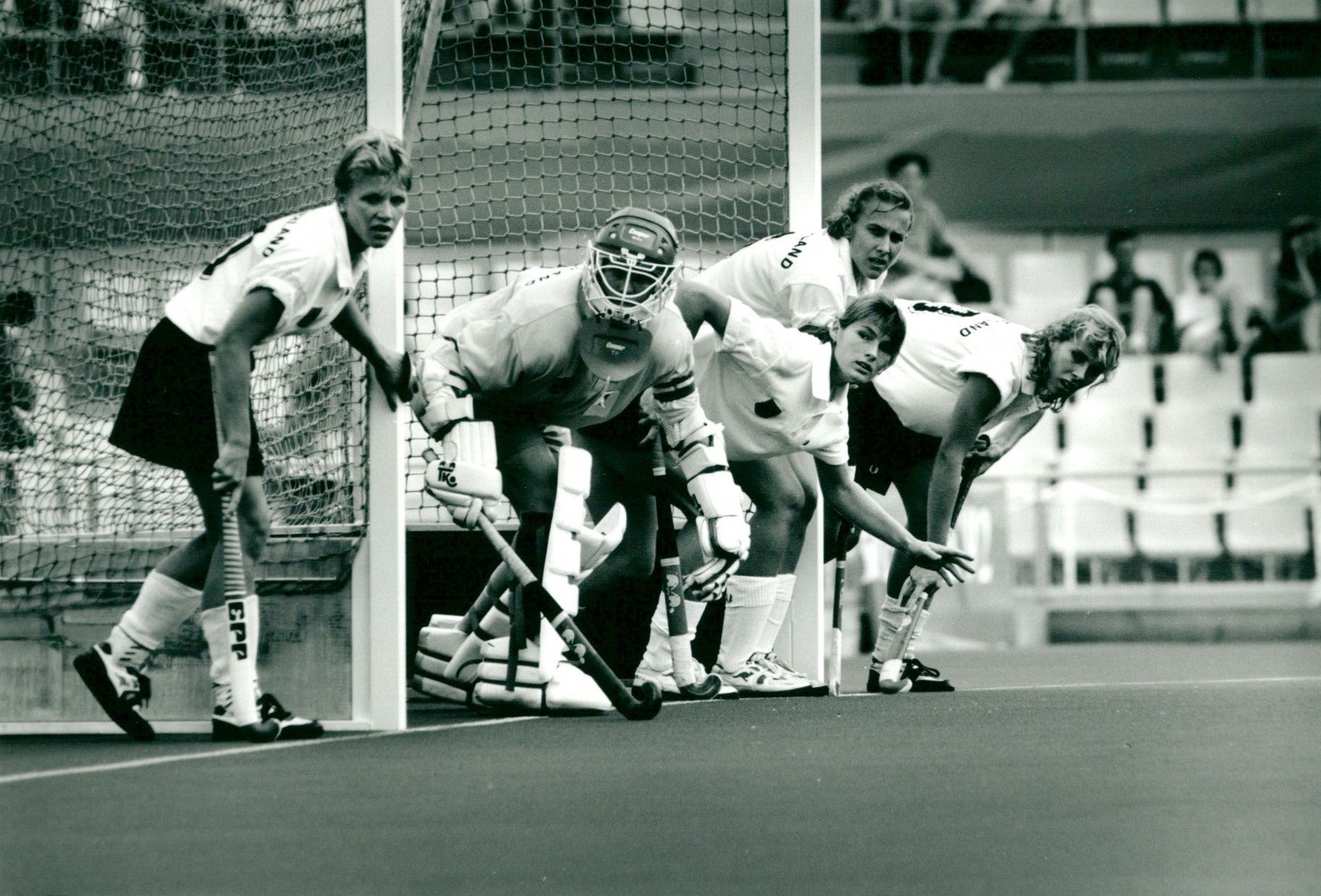
Ashdown captured the title and one of Britain's most notable triumphs that year was British sprinter Linford Christie's victory in the 100 metres. At 32, Christie was no stranger to the Games, but he had yet to win a gold medal and faced stiff competition.
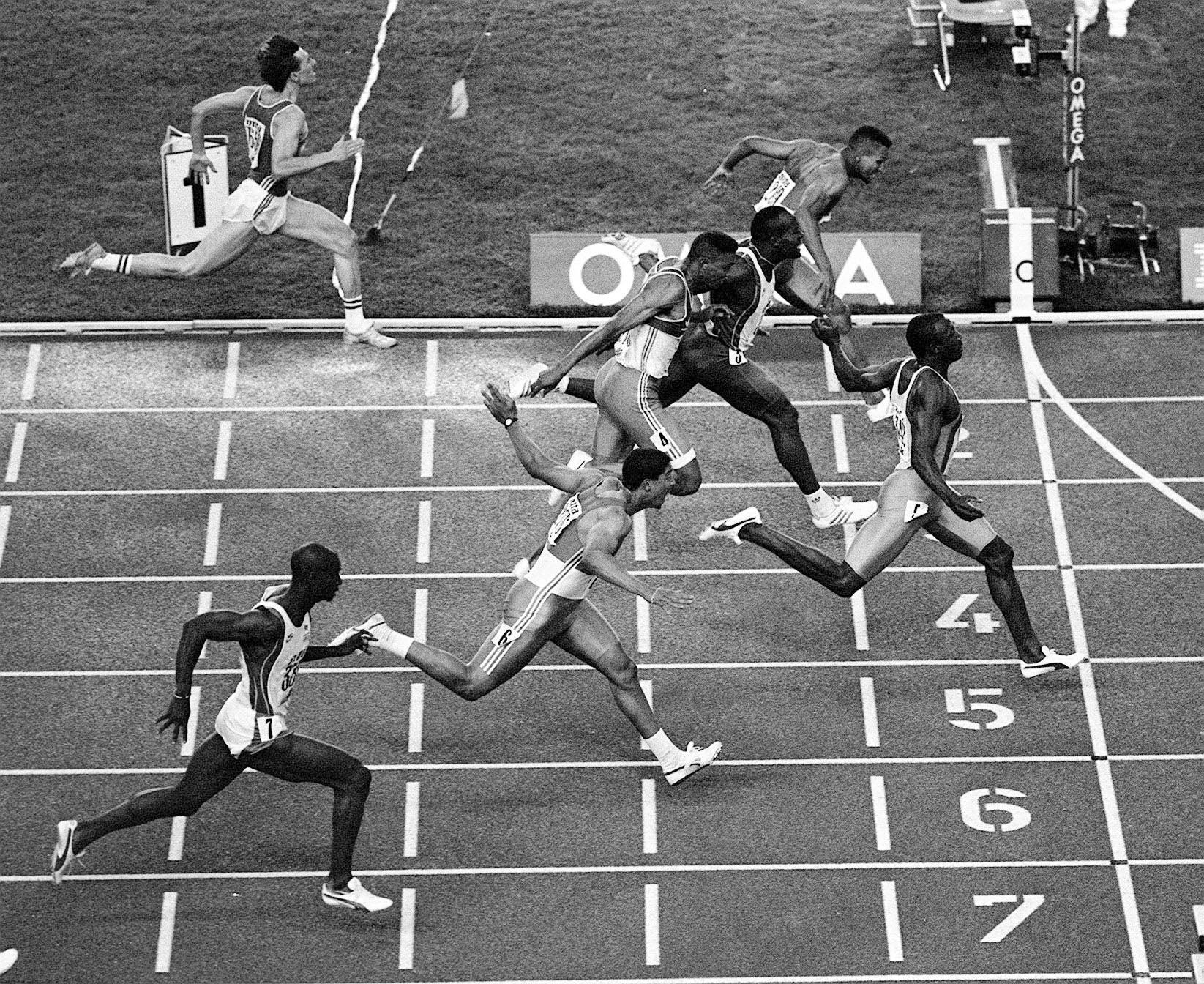
However, in an astonishing performance, Christie triumphed over his younger competitors by 9.96 seconds. Christie's victory was a landmark achievement and inspired a new generation of British athletes.
Atlanta 1996
The photographs from the Atlanta Games are saturated with color, and Ashdown's images take a vibrant turn away from the grayscale captures of previous Olympics.
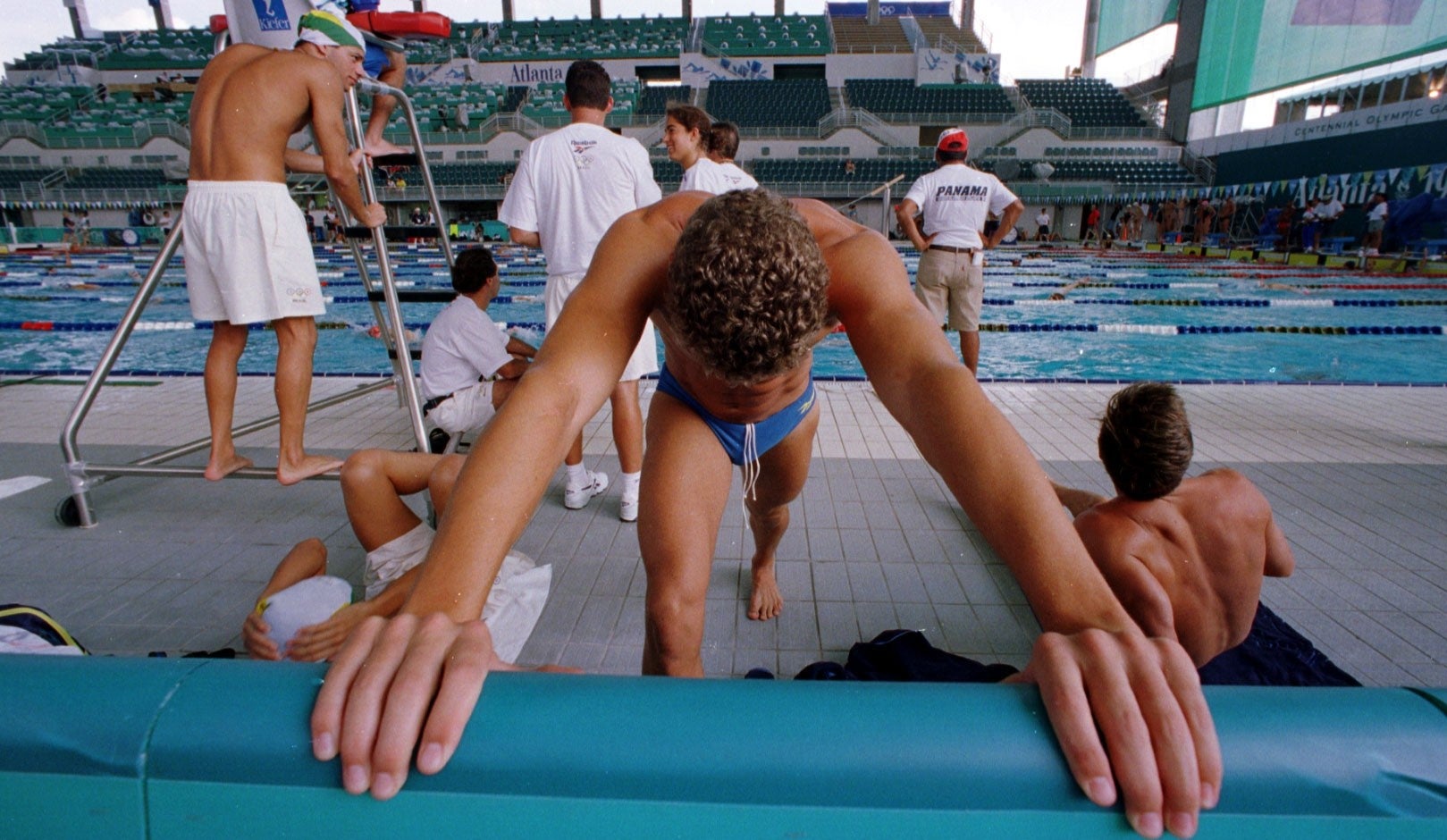
Among my favourites are the behind-the-scenes snaps showing athletes training or enjoying brief moments of rest. Here, we see divers stretching by the pool and a water polo player getting some sleep.
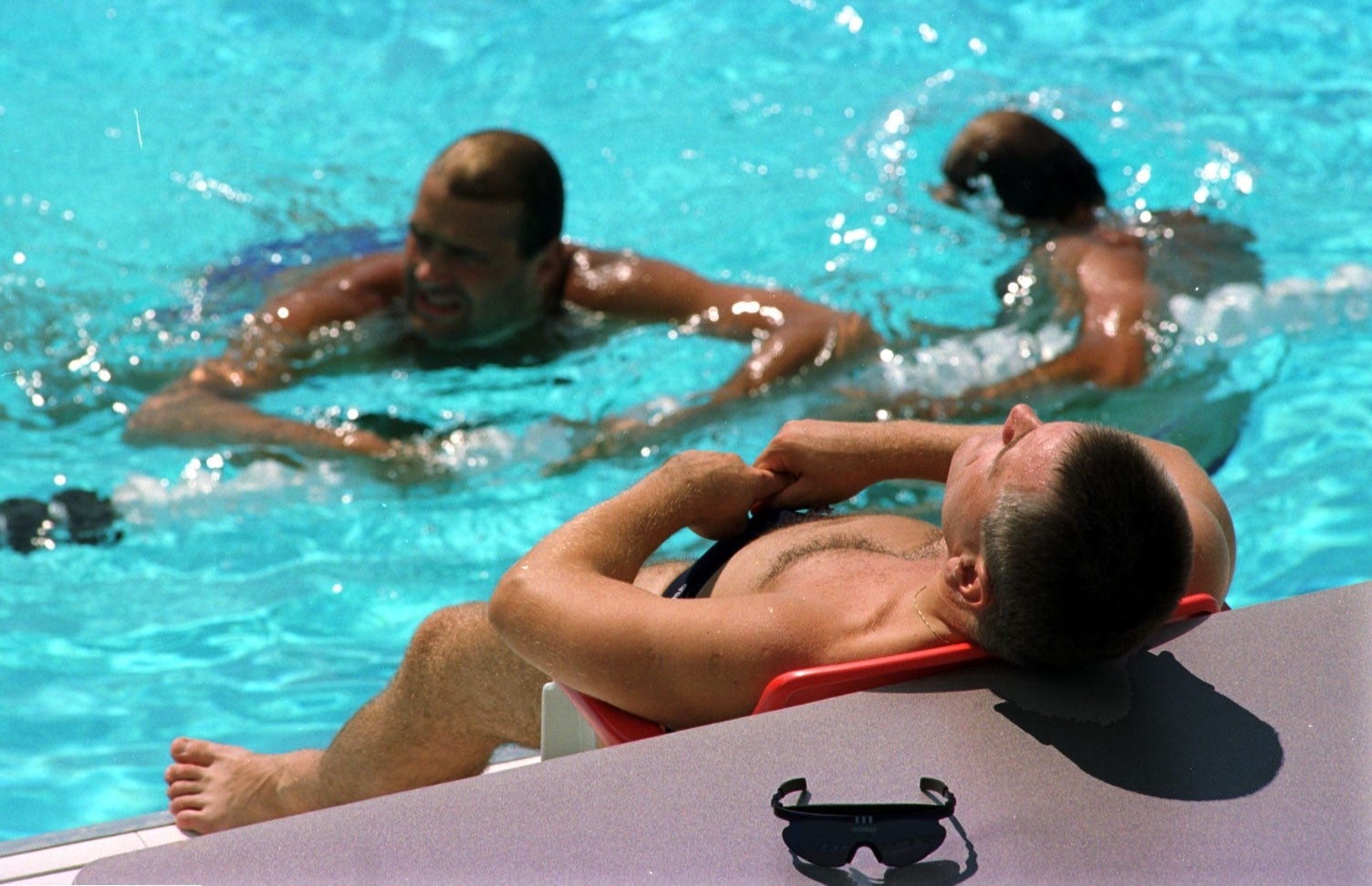
Atlanta celebrated the centenary of the modern Games, although the festivities were overshadowed by the tragic bombing at Centennial Olympic Park, which killed two people and injured more than 100.
Despite this, the Games went ahead and offered many memorable moments, including Michael Johnson's double gold in the 200m and 400m. Among Ashdown's standout images of that year was a striking photograph of British high jumper Steve Smith, open-mouthed, during his silver medal jump.
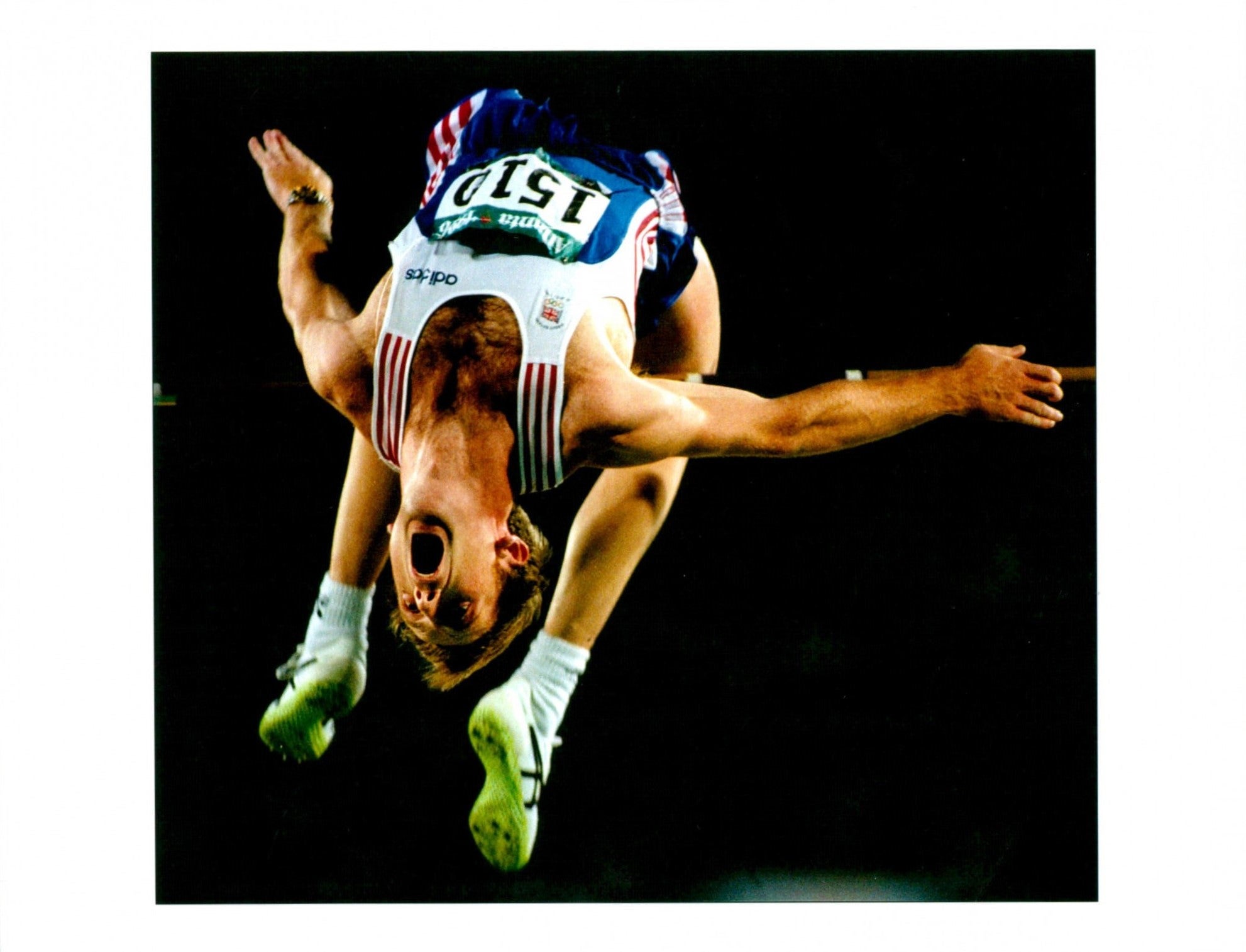
Sydney 2000
In the late 1990s, Sydney saw a major shift towards digital photography, which allowed moments to be captured with greater immediacy and efficiency than traditional film.
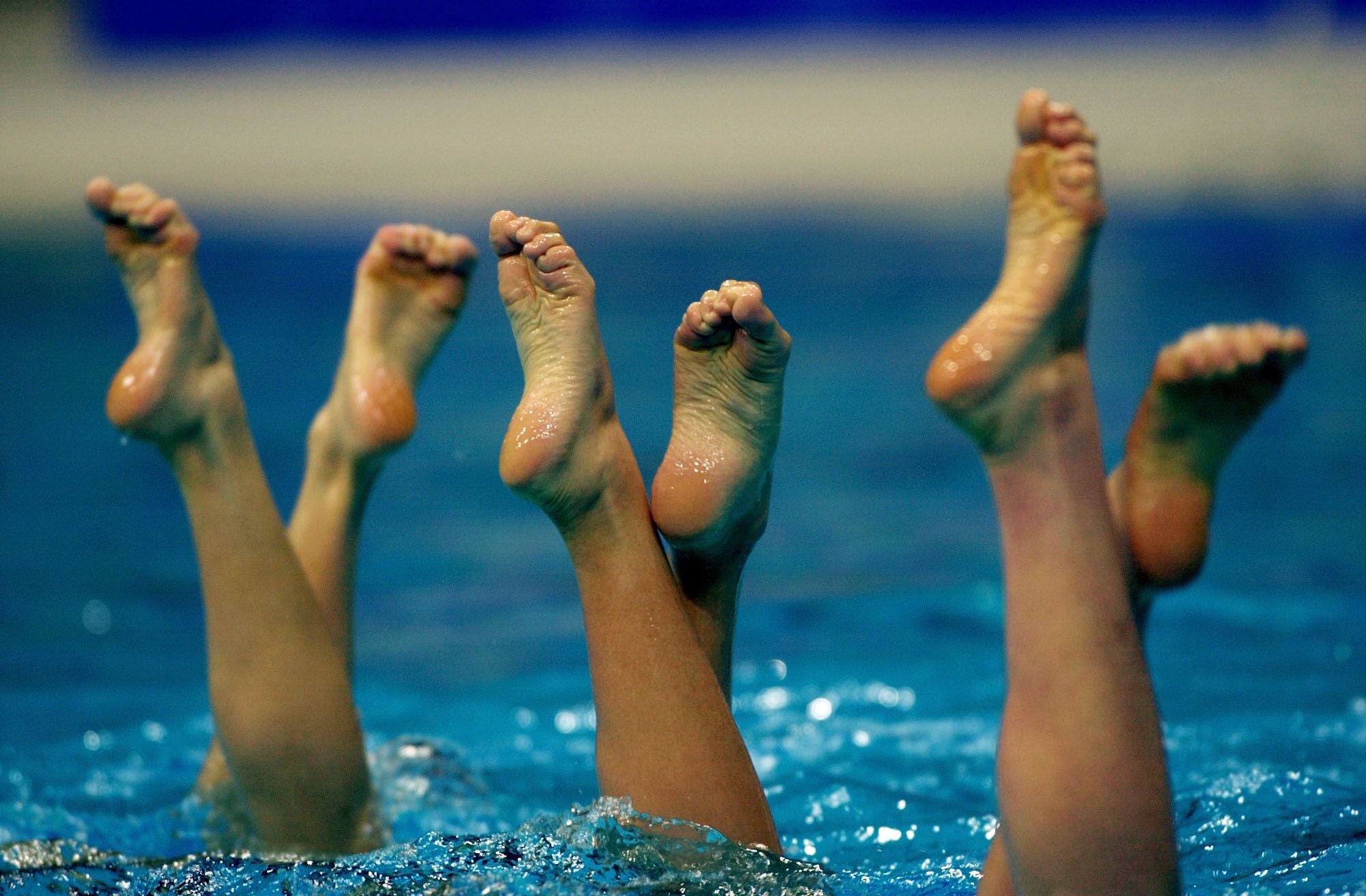
Among the athletes photographed by Ashdown that year were rowers Matthew Pinsent, Steve Redgrave, James Cracknell and Tim Foster. The crew took a resounding victory in the men's coxless four, earning Redgrave his fifth consecutive gold medal.
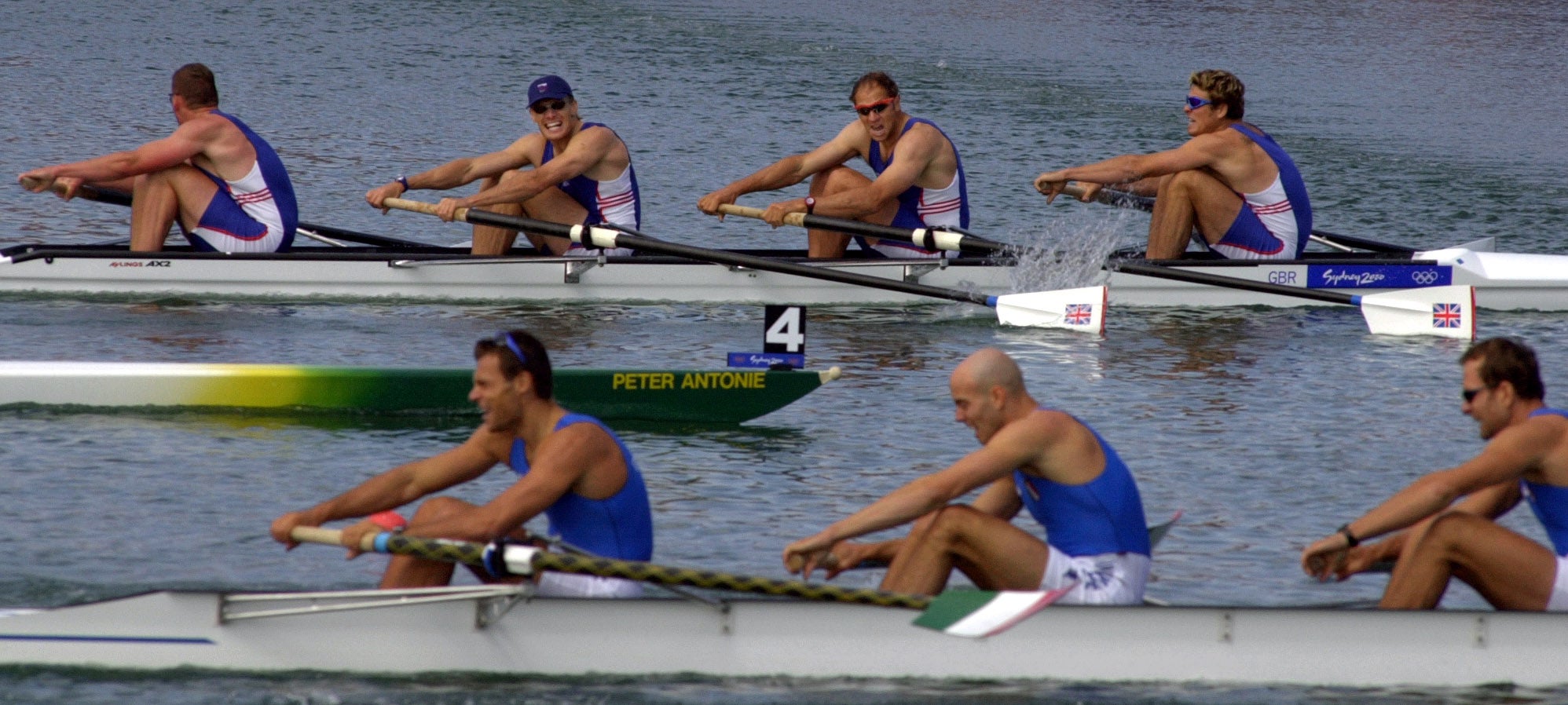
Whether Seoul 1988 or Sydney 2000, vibrant, dynamic images like these capture the essence of Olympic competition: athleticism, team spirit and human triumph.

